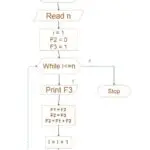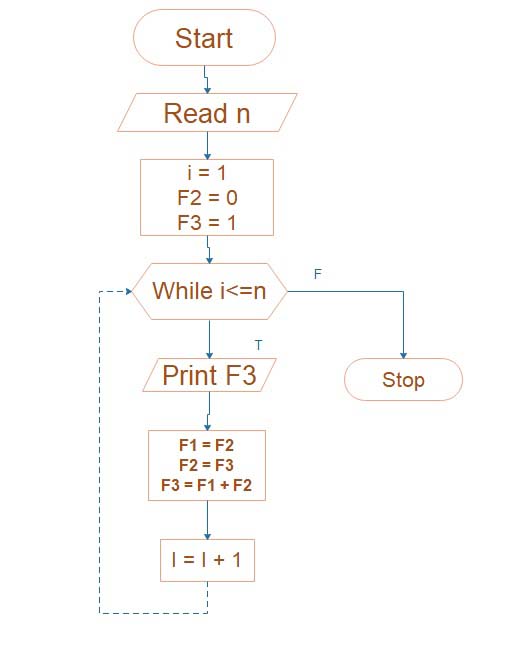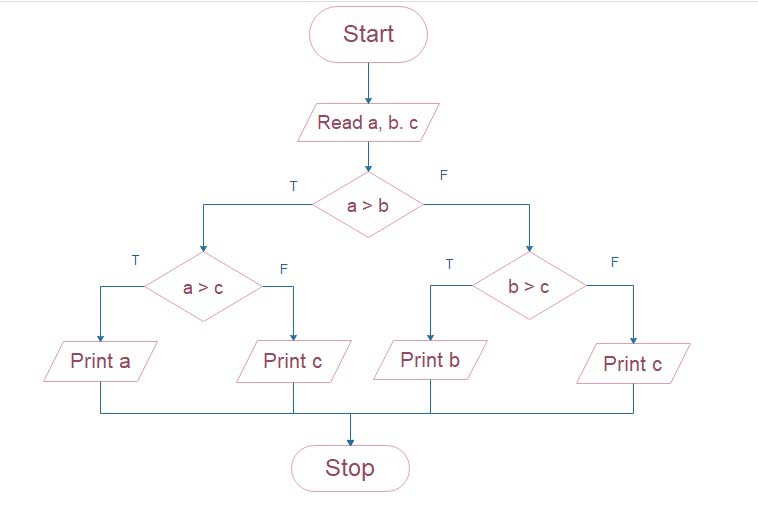What is Plastering | Types, Requirement & Properties
Plastering
- Method of covering rough surfaces with each plastic material to obtain equal vein, smooth, regular, clean also durable surface.
- The coating of plastic material i.e. mortar is called plaster.
- Plastering on externally exposed surfaces is called rendering.
- That is made up of cement, lime clay, fine aggregates, and sand, including water.
- If cement is applied as specific binding material, the plaster is termed as cement plaster including when lime is applied as the binding material, it is known as lime plaster.

An object of plastering
- To protect external surfaces
- To give smooth, clean surfaces
- Prevent entry of dust into the joint
- To provide a decorative effect
- Prevent defective workmanship
A requirement of good plaster
- It should be Hard & durable
- It should Cheap
- Desirable to apply during every weather condition
- Effectively resist the penetration of moisture
- Should remain strong during all variations in seasons.
Types of plaster finishes
- Smooth cast finish
- Sand face finish
- Roughcast finish or spatter dash finish
Preparation of surface for plastering
- The surface should be uniform.
- The durability of plaster depends upon the bonds with a background wall.
- Group the projections which extend by more extra than 15 mm. from the masonry wall face are knocked off.
- Dust and loose mortar are brushed out of the raked joints.
- The surface should be free from oil & greasy spots.
- Efflorescence is removed by brushing and scraping.
- In the case of old walls, the smoothness of the surface is destroyed.
- kept the wall wet before plastering is started
Types in plastering
- Cracking
- Blistering of plaster
- Crazing
- Efflorescence
- Flaking
- Peeling
- Popping
- Uneven surface
Cracking
- Thermal expansion or shrinkage or drying of material, there can appear cracking in the structure.
- Due to bad Workmanship and the method of application of the mortar, there can appear cracking in the structure.
- If the Old surface not being properly prepared there can appear cracking in the structure.

Blistering of plaster
- Formation of small patches of plaster swelling, due to improper slaking of lime particles in the plaster.

Crazing
- Formation of a series of hair cracks on the plaster surface.

Efflorescence
- An efflorescence toward the surface is unlikely to cause real damage to the brick unless a quantity of water-soluble salts is present.

Flaking
- Formation of a very loose mass of plaster surface due to poor bond.

Peeling
- The complete dislocation of some portion of the plaster surface.

Popping
- Formation of conical holes.















